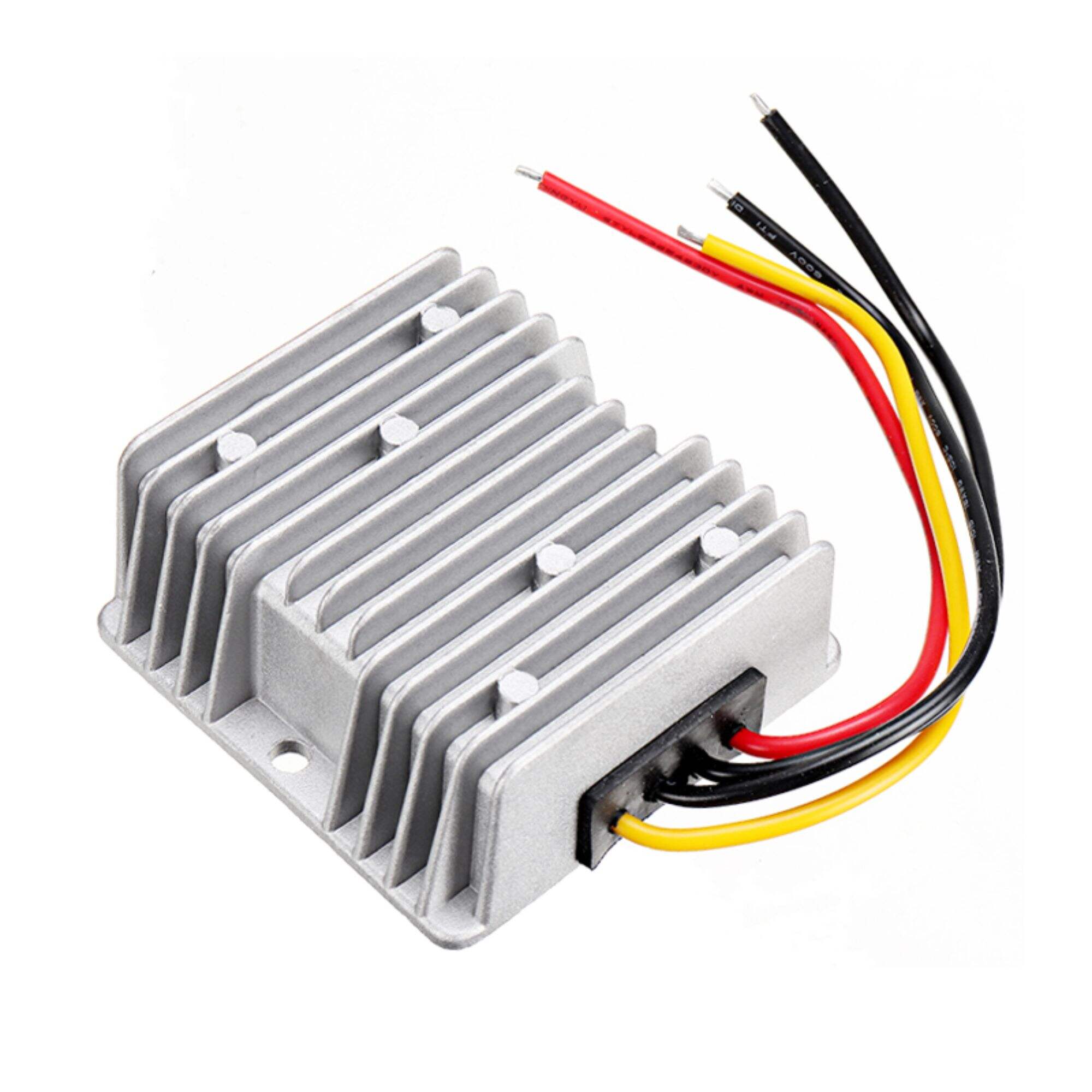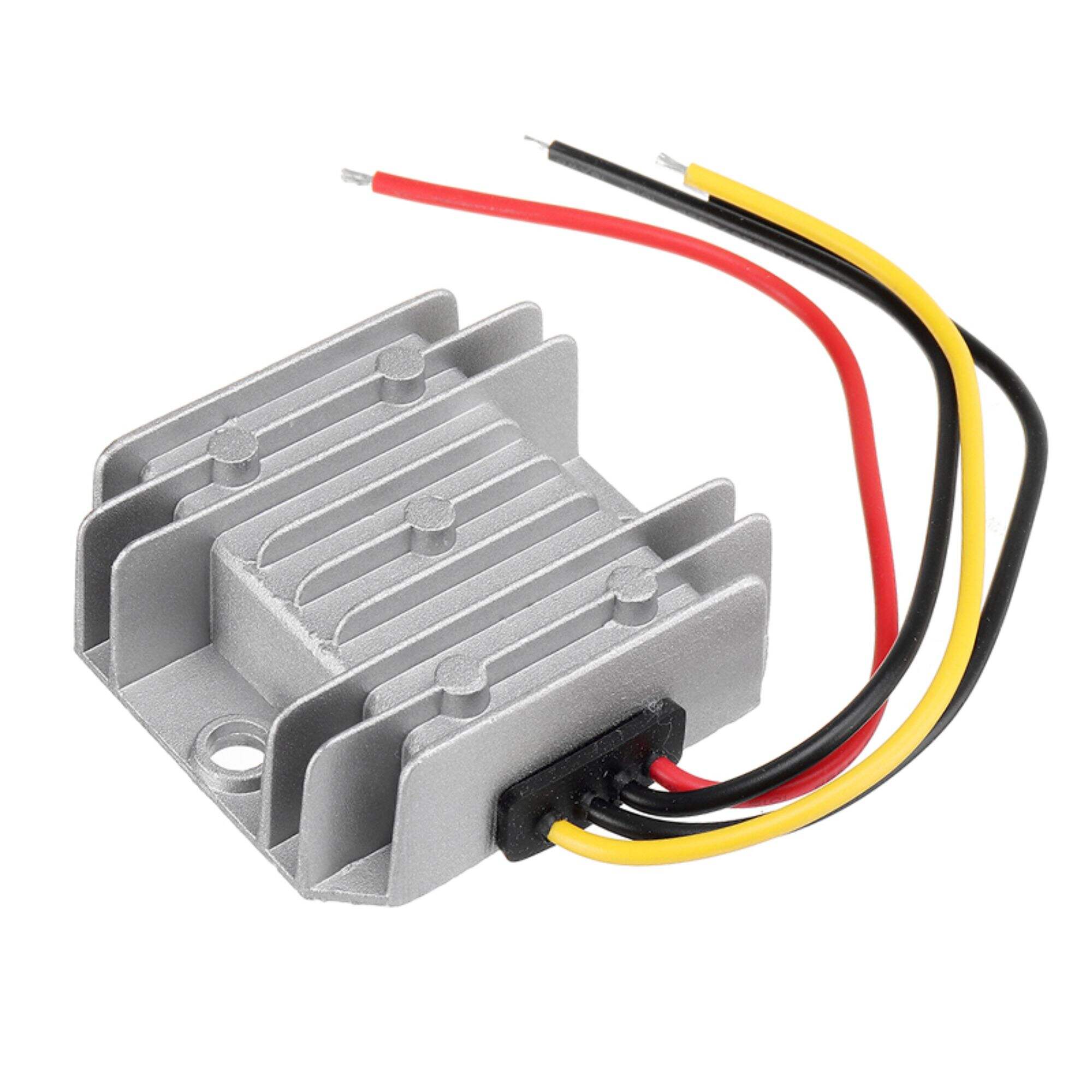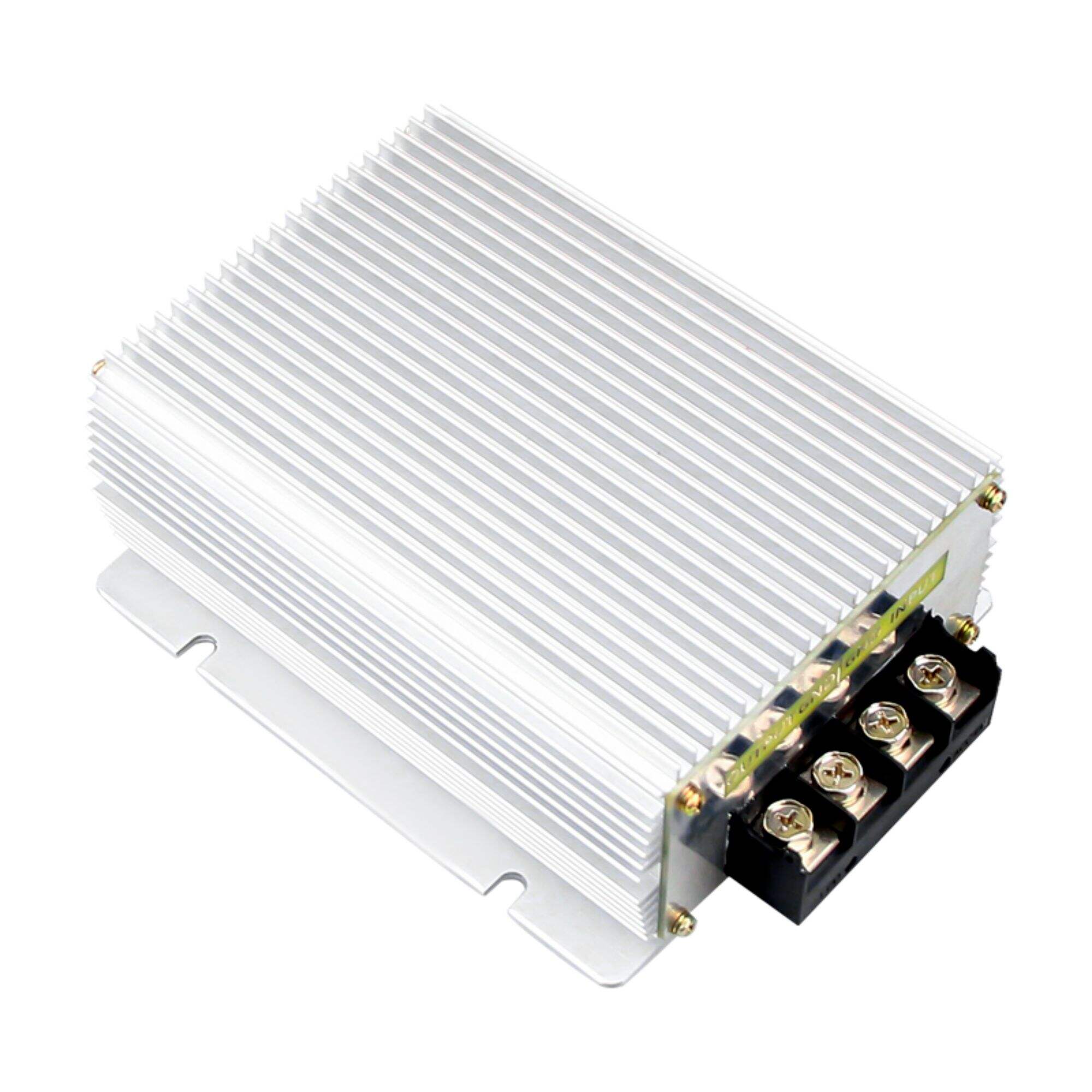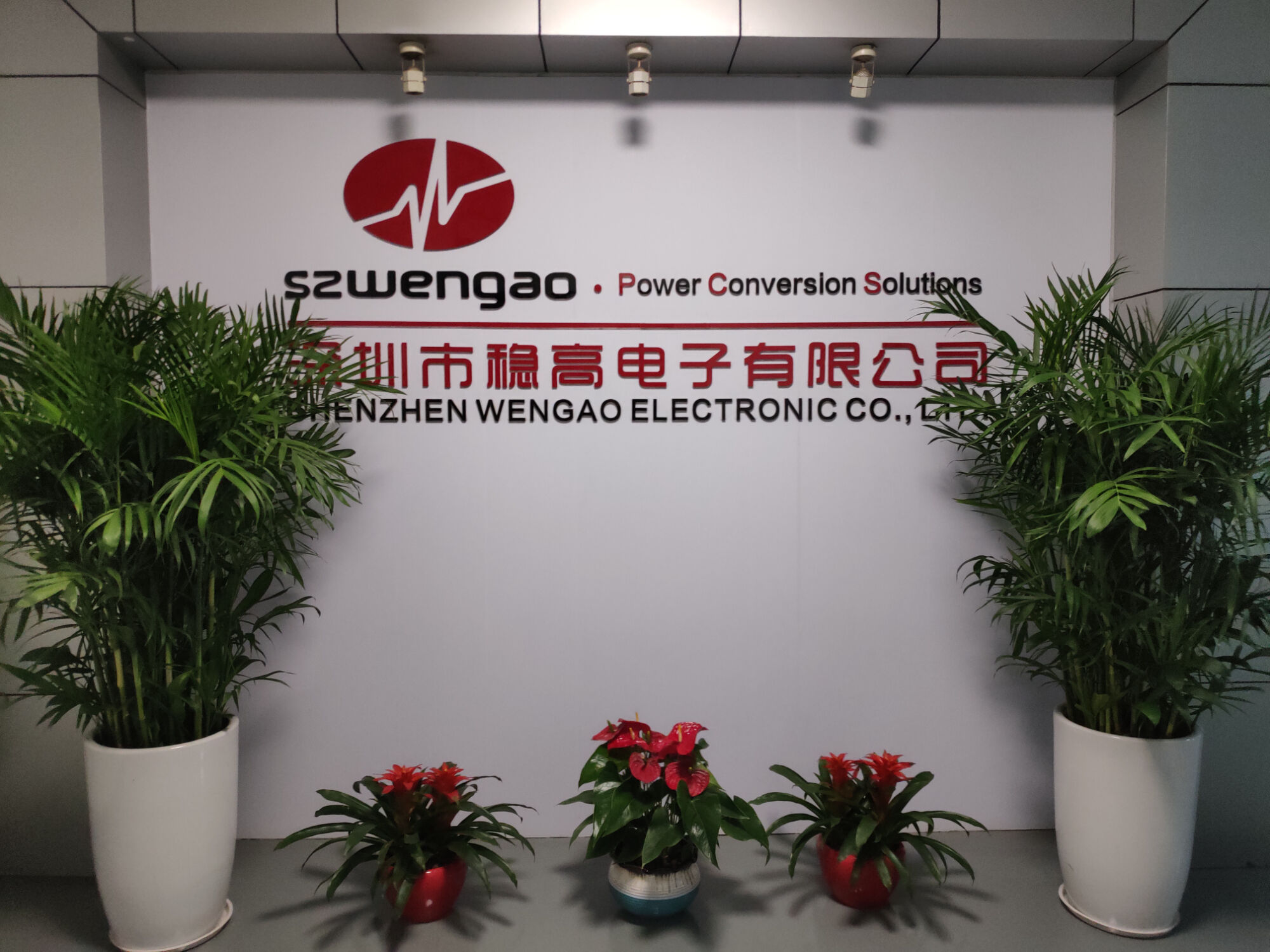Future development direction of DC-DC converter
Understanding DC-DC Converter Technologies
DC-DC converters are electronic devices designed to transform direct current (DC) from one voltage level to another. These converters utilize various methods, including switching and linear regulation, to carry out this conversion. Switching converters, for instance, use a high-efficiency method by switching electrical pulses to maintain a steady output, while linear regulators utilize resistive loads to achieve voltage reduction. Each type serves different functions and has its own set of advantages and challenges depending on the application needs.
Maintaining stable voltage levels is crucial in electronics, and this is where DC-DC converters play a vital role. They ensure that electronic devices receive consistent power without fluctuations that could potentially lead to damage. For example, DC-DC converters in cars help regulate the voltage fluctuations from alternators, thus protecting sensitive automotive electronics. Without proper voltage stabilization, electronics can suffer from reduced performance or damage over time.
Furthermore, DC-DC converters are essential for optimizing energy efficiency across various applications, from consumer electronics like smartphones and laptops to industrial machinery and military systems. By adjusting the input to match specific device requirements, these converters permit more effective power usage. This increased efficiency not only reduces energy wastage but also extends the operational life of battery-powered devices, a critical factor in portable electronics.
Types of DC-DC Converters
DC-DC converters come in two primary forms: linear and switching converters. Each type has distinct characteristics and applications. Linear converters are known for their simplicity and ability to produce clean, noise-free output voltage. However, they are less efficient, particularly when there's a significant difference between input and output voltages, as excess energy is lost as heat. This makes them suitable for applications where low electromagnetic interference is crucial, such as in medical and audio devices. In contrast, switching converters are more efficient, reaching efficiency levels of 85-90%. They achieve this by rapidly switching the current flow to reduce or increase voltage levels but can introduce electromagnetic noise. These converters are essential in battery-powered and space-constrained devices due to their efficiency and smaller heat generation.
In addition to linear and switching types, DC-DC converters are categorized based on how they adjust voltage levels: boost, buck, and buck-boost converters. A boost converter increases the input voltage, making it ideal for powering higher voltage components like lighting systems in hybrid vehicles. Buck converters, or step-down converters, decrease voltage levels, often used in device chargers and multimedia devices. Buck-boost converters, meanwhile, offer versatility by stepping up or down input voltage, making them useful in applications requiring a wide input voltage range, such as in Li-ion battery-powered devices.
Modern switching converters have made immense strides in efficiency. Reports suggest that these converters can achieve efficiency gains of over 90%, making them pivotal for applications requiring both power optimization and space efficiency. This technological advancement underscores their critical role in both consumer electronics and larger industrial applications.
Applications of DC-DC Converters
DC-DC converters play a crucial role in various automotive applications, such as GPU voltage regulation and battery management systems. In electric and hybrid vehicles, reliable power conversion is essential to manage the different voltage demands of various components efficiently. The precision and dependability of these converters enhance the overall performance and safety of modern vehicles, supporting systems like infotainment, lighting, and advanced driver-assistance systems.
In industrial and renewable energy sectors, DC-DC converters are integral for managing fluctuating input voltages, particularly in solar power innovations. They ensure that energy harvested from solar panels is efficiently converted to usable levels, facilitating the integration of solar energy into grids and storage systems. This capability to handle varying voltage inputs is vital for consistent and reliable energy delivery in large-scale industrial applications, enabling broader adoption of renewable energy sources.
For consumer electronics and portable devices, DC-DC converters significantly enhance battery life and performance. By optimizing power management and voltage regulation, these converters allow devices like smartphones, laptops, and wearables to function efficiently across varying power levels. This not only prolongs battery life but also improves the overall reliability and functionality of gadgets, meeting the growing demand for high-performance portable devices in today's digital age.
Future Trends and Innovations in DC-DC Converter Technologies
Advancements in Gallium Nitride (GaN) and Silicon Carbide (SiC) technologies are reshaping the landscape of DC-DC converter technologies. These materials offer significant improvements in power density and thermal performance, which are crucial for modern applications. GaN and SiC semiconductors operate at higher frequencies with more efficiency than traditional silicon, thereby allowing smaller, lighter power systems. Their enhanced thermal management capabilities further ensure that systems remain cool under operation, reducing the need for extensive heat dissipation measures.
The role of DC-DC converters in electric vehicles (EVs) is steadily increasing, with a strong focus on improving power management systems for better efficiency and range. As EV adoption grows, manufacturers are investing in the refinement of DC-DC converters to handle the complex power distribution needs within vehicles. The need to maximize battery life and drive range while reducing weight and size is driving considerable innovation in converter design, ensuring optimal performance and energy efficiency.
Recent studies underscore the importance of next-generation technologies in enhancing the functionality and adaptability of DC-DC converters. Emerging trends point to converters that can adapt to varying voltage inputs while maintaining high efficiency. Innovations such as digital control techniques and integrated magnetic structures are seeing increased adoption. These technologies provide precise control over power distribution, making converters more robust and suitable for a broader range of applications. These advancements signify a pivotal shift toward smarter and more flexible DC-DC solutions that meet modern power demands.
Product Recommendations for DC-DC Converters
Choosing the right DC-DC converter can significantly impact the efficiency and performance of your systems. For a reliable 48V to 24V DC-DC power conversion, consider products that offer high-efficiency ratings and are suitable for various applications.
One such product is the 48V to 24V DC-DC power converter. This particular model boasts impressive efficiency ratings and is designed for versatility. It can seamlessly integrate into systems requiring stable voltage conversions, such as vehicle electrics or other industrial applications.
Another noteworthy option is the 48V to 24V 5A 10A step-down DC-DC converter, renowned for its compatibility with various devices. Its compact size coupled with high efficiency makes it an excellent choice for trucks and forklifts, offering robust protection and easy installation.
For applications that demand more substantial power solutions, the DC 36V 48V to DC 24V 40A 60A step-down power converter delivers exceptional performance. It is engineered for rugged environments and high-power applications, making it suitable for complex systems that require rigorous power management.
These DC-DC converters offer various features and capacities, ensuring you have the best options for your specific power requirements.
Recommended Products
Hot News
-
Application Advantages of Non-Isolated BUCK Converters Compared to Isolated Step-Down Converters
2024-01-23
-
DC-DC Converters Showcase Remarkable Advantages in Outdoor Off-Grid Applications
2024-01-23
-
DC to DC Battery Charger - Wide input and Noise immunity for dual battery system applications
2024-01-19
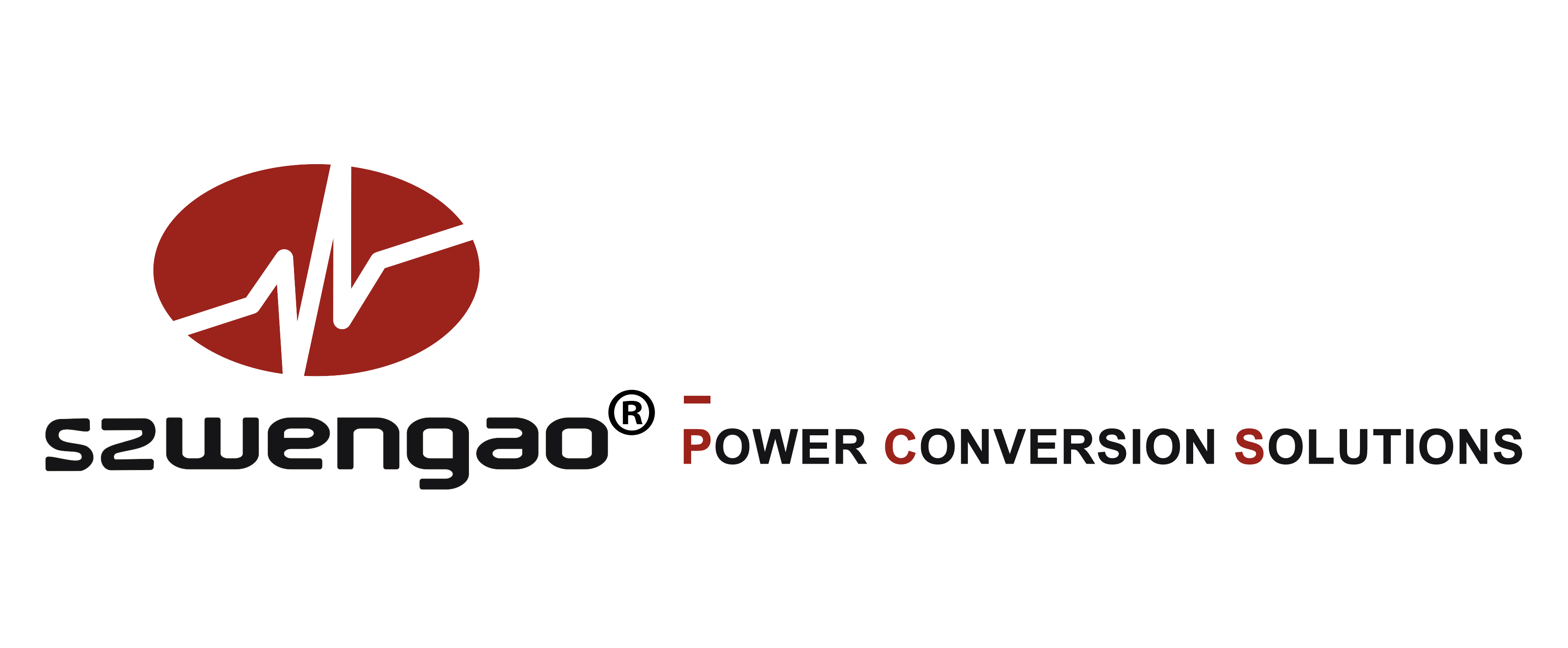
 EN
EN
 AR
AR
 BG
BG
 HR
HR
 CS
CS
 DA
DA
 NL
NL
 FI
FI
 FR
FR
 DE
DE
 EL
EL
 HI
HI
 IT
IT
 JA
JA
 KO
KO
 NO
NO
 PL
PL
 PT
PT
 RO
RO
 RU
RU
 ES
ES
 SV
SV
 CA
CA
 TL
TL
 IW
IW
 ID
ID
 SR
SR
 SK
SK
 UK
UK
 VI
VI
 HU
HU
 TH
TH
 TR
TR
 FA
FA
 AF
AF
 MS
MS
 GA
GA
 HY
HY
 BN
BN
 MN
MN

